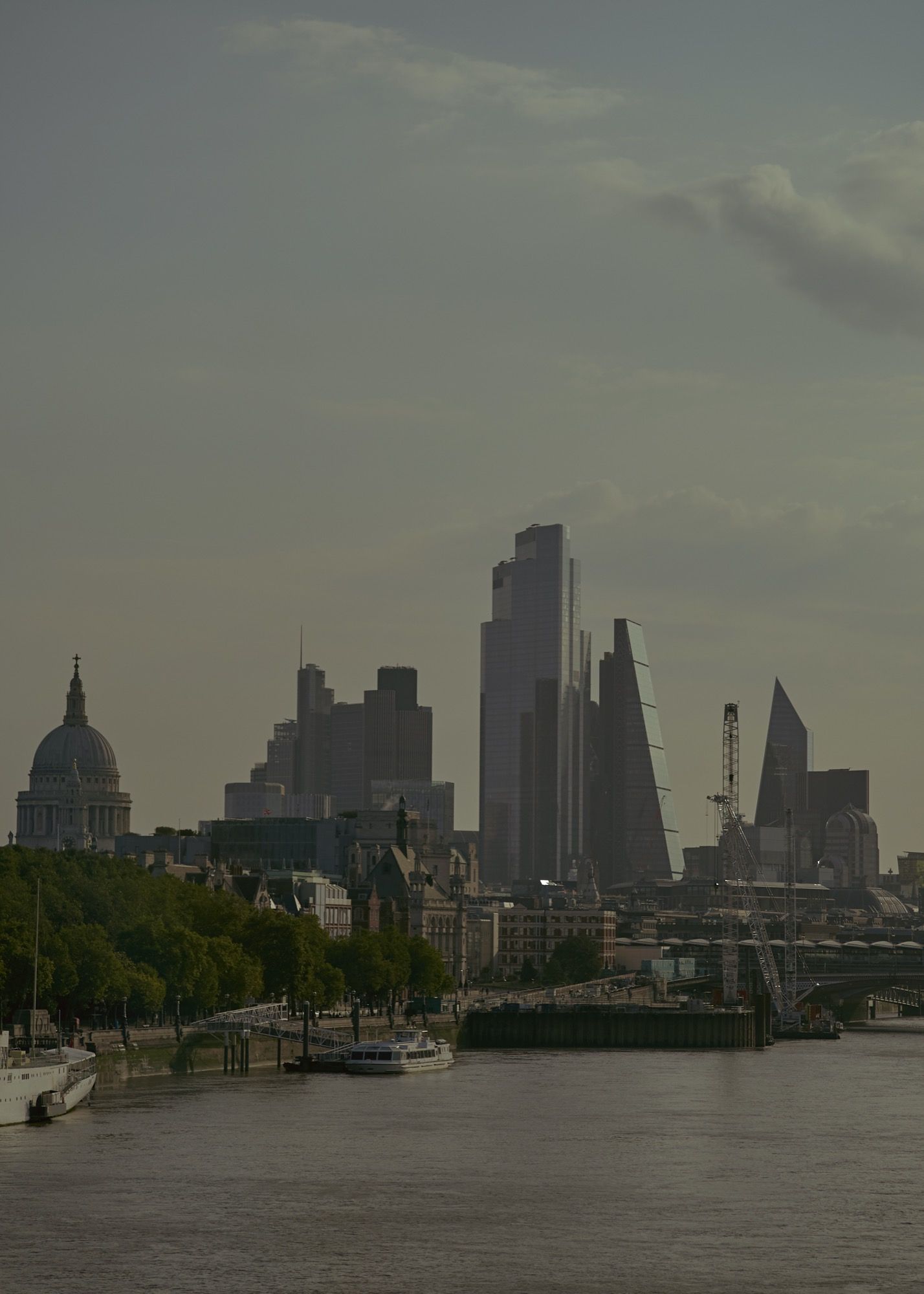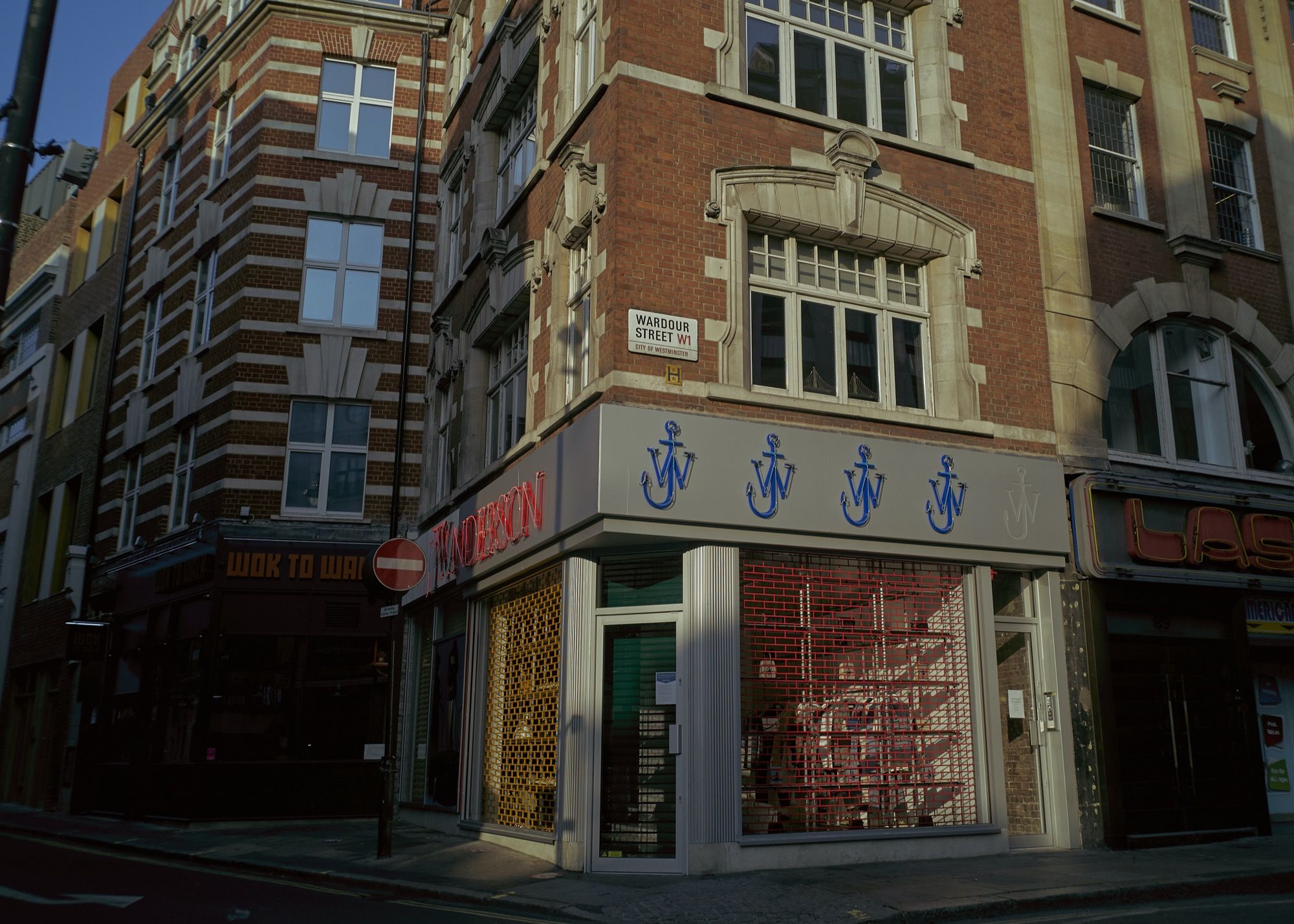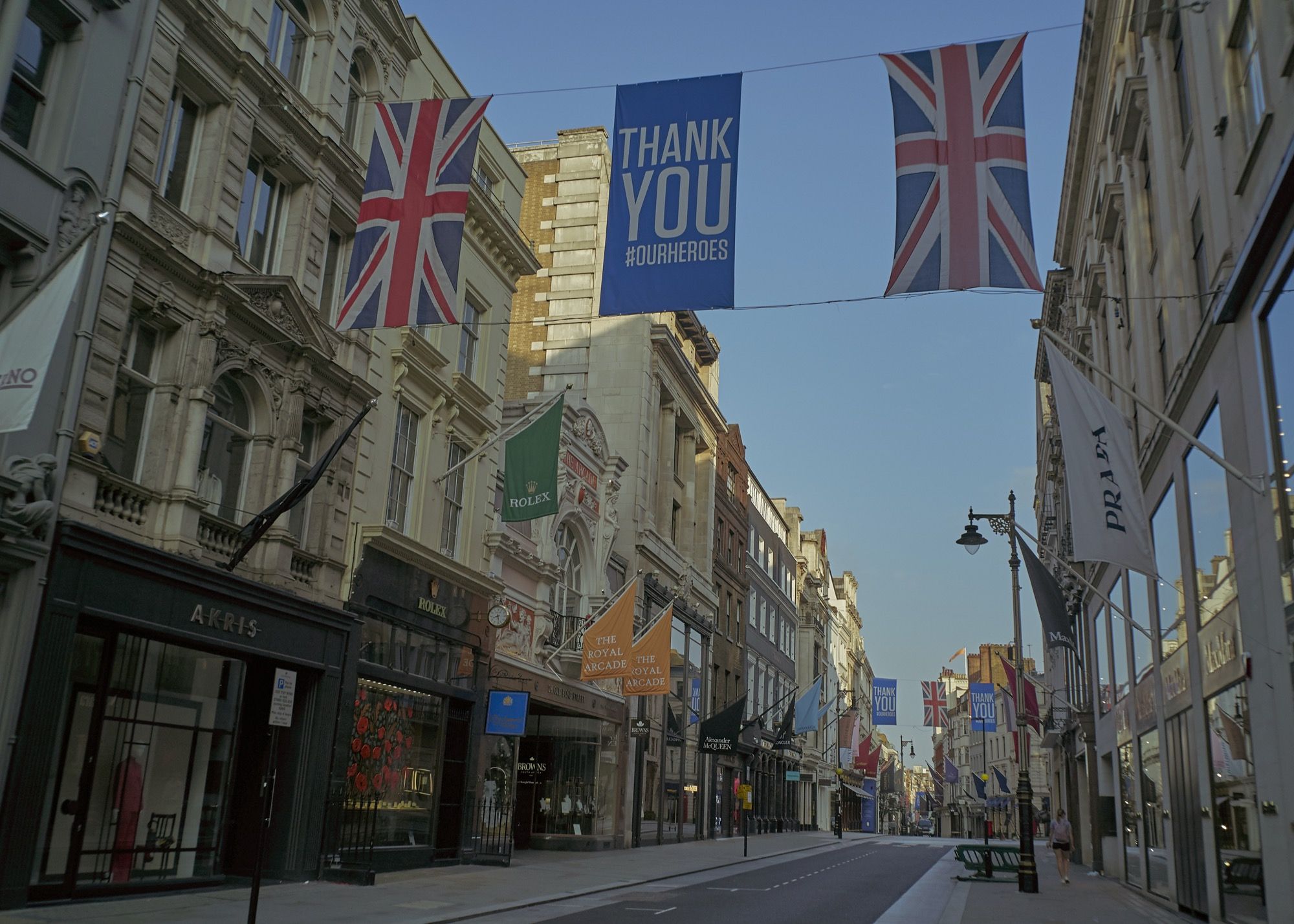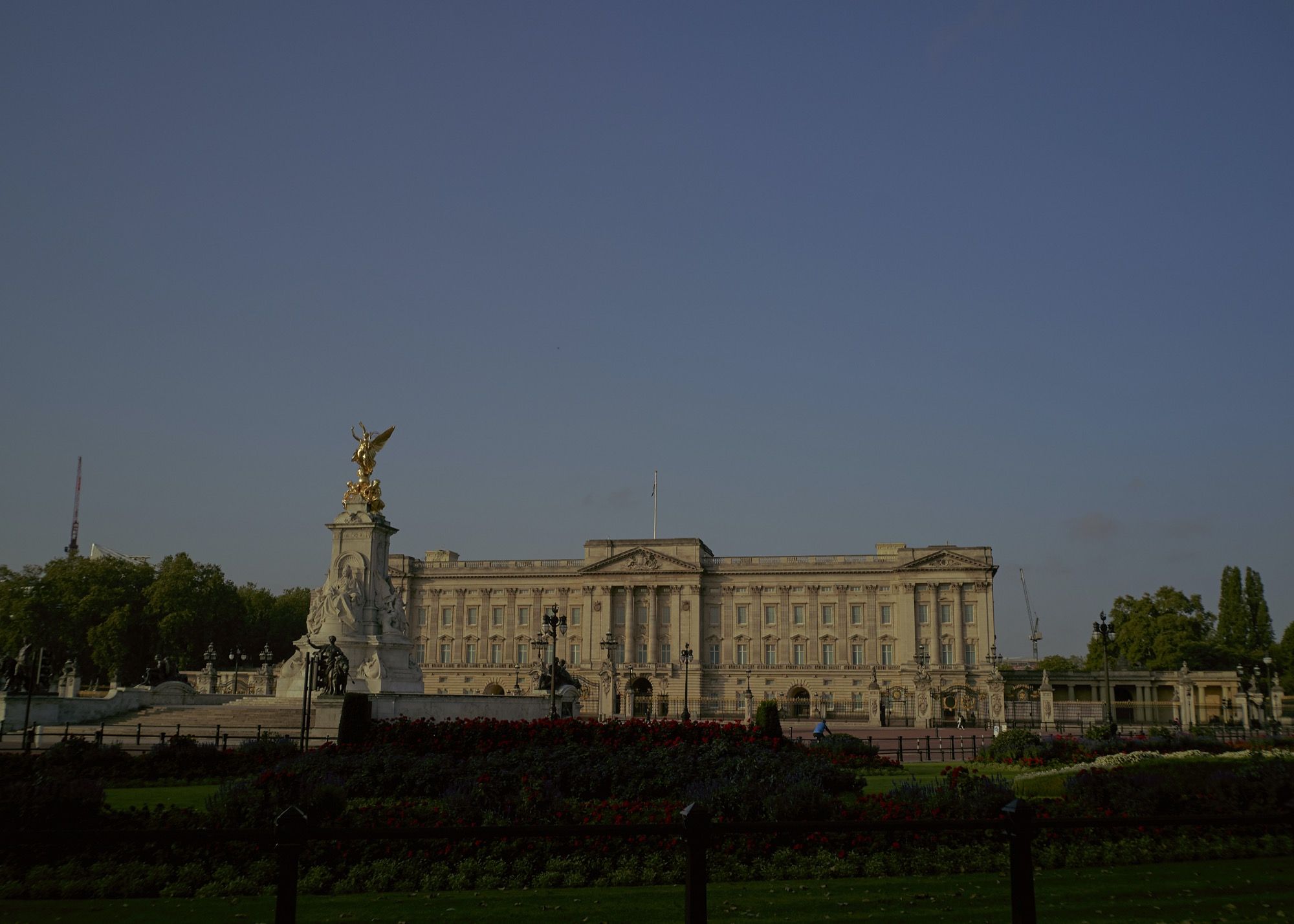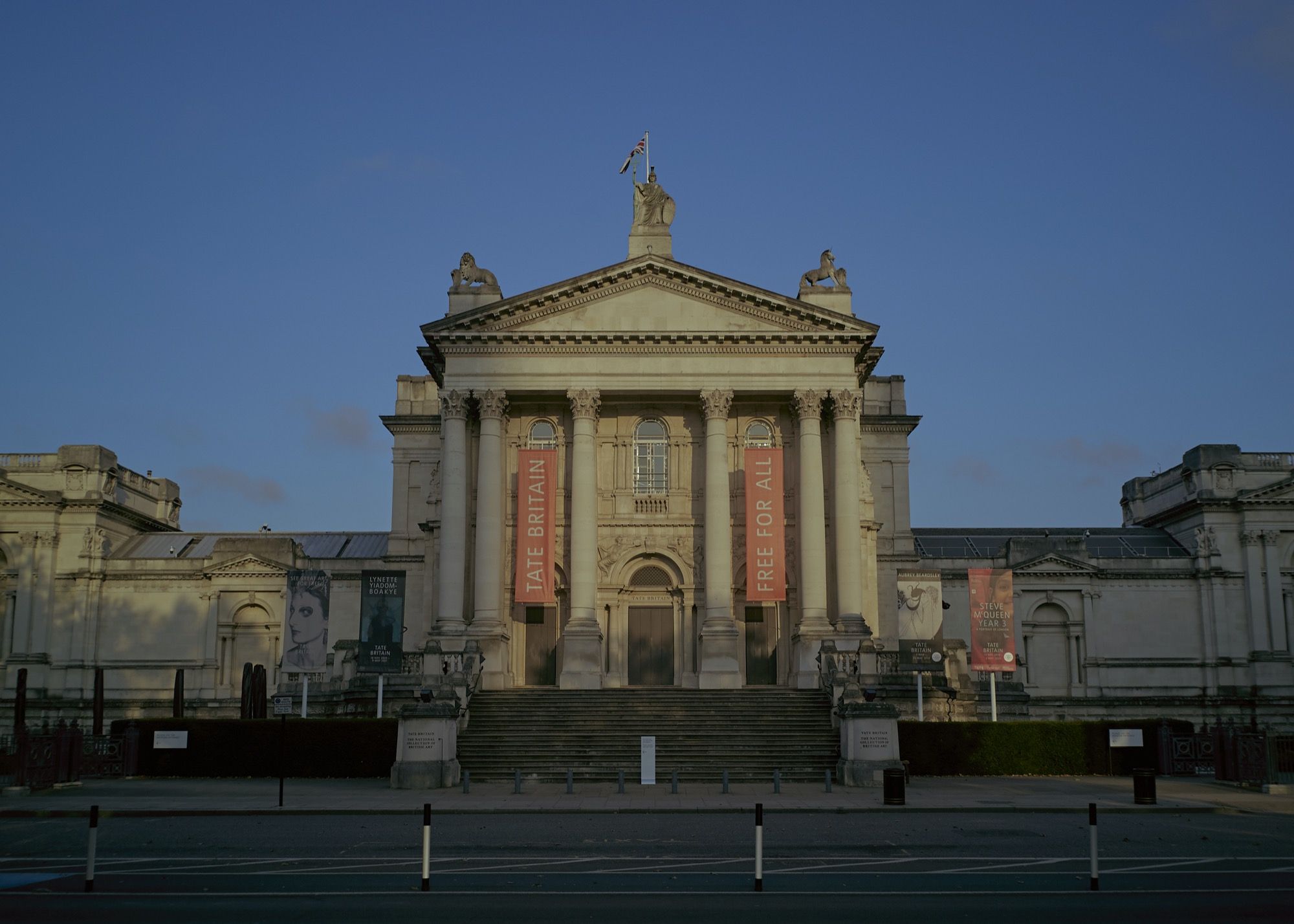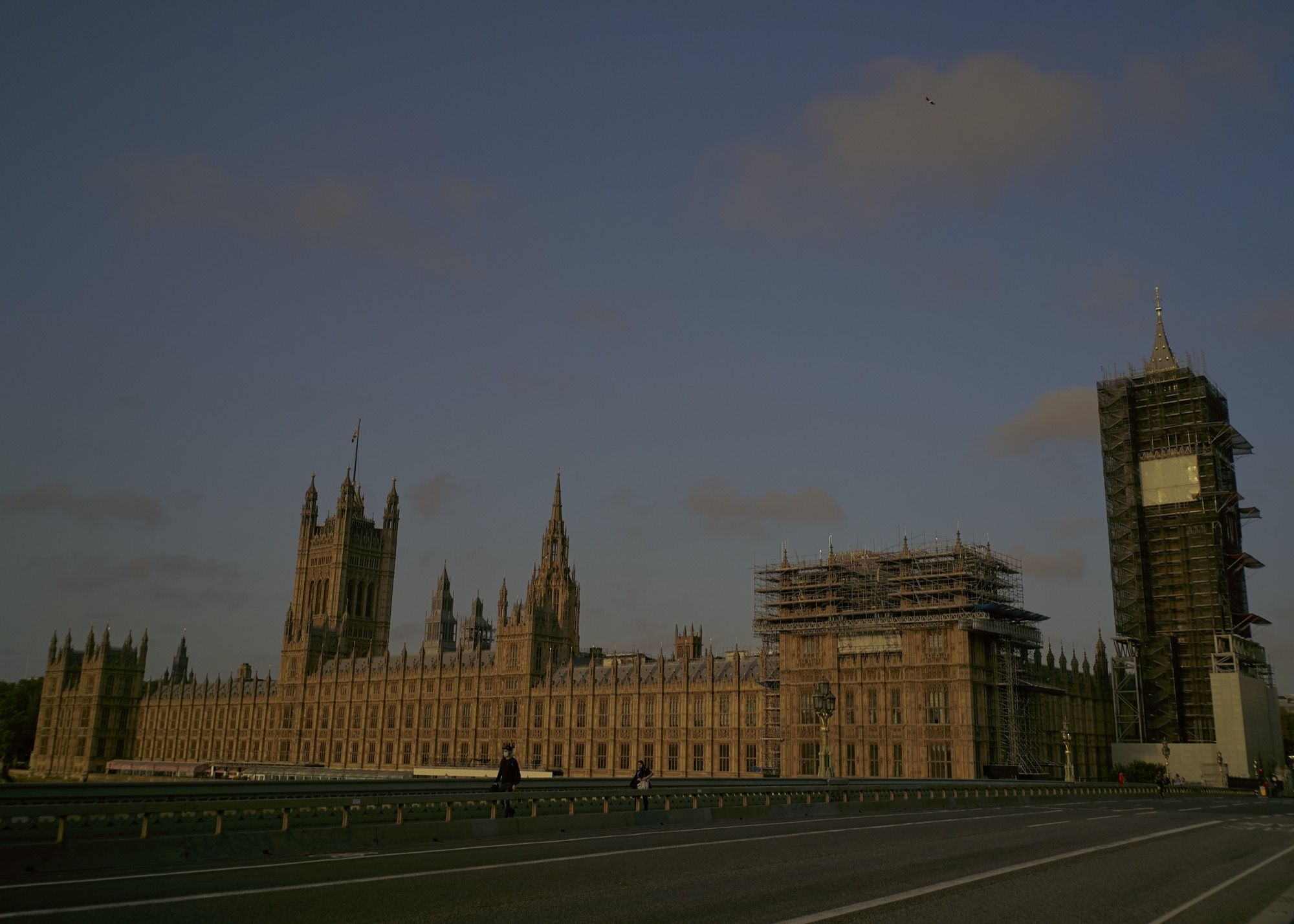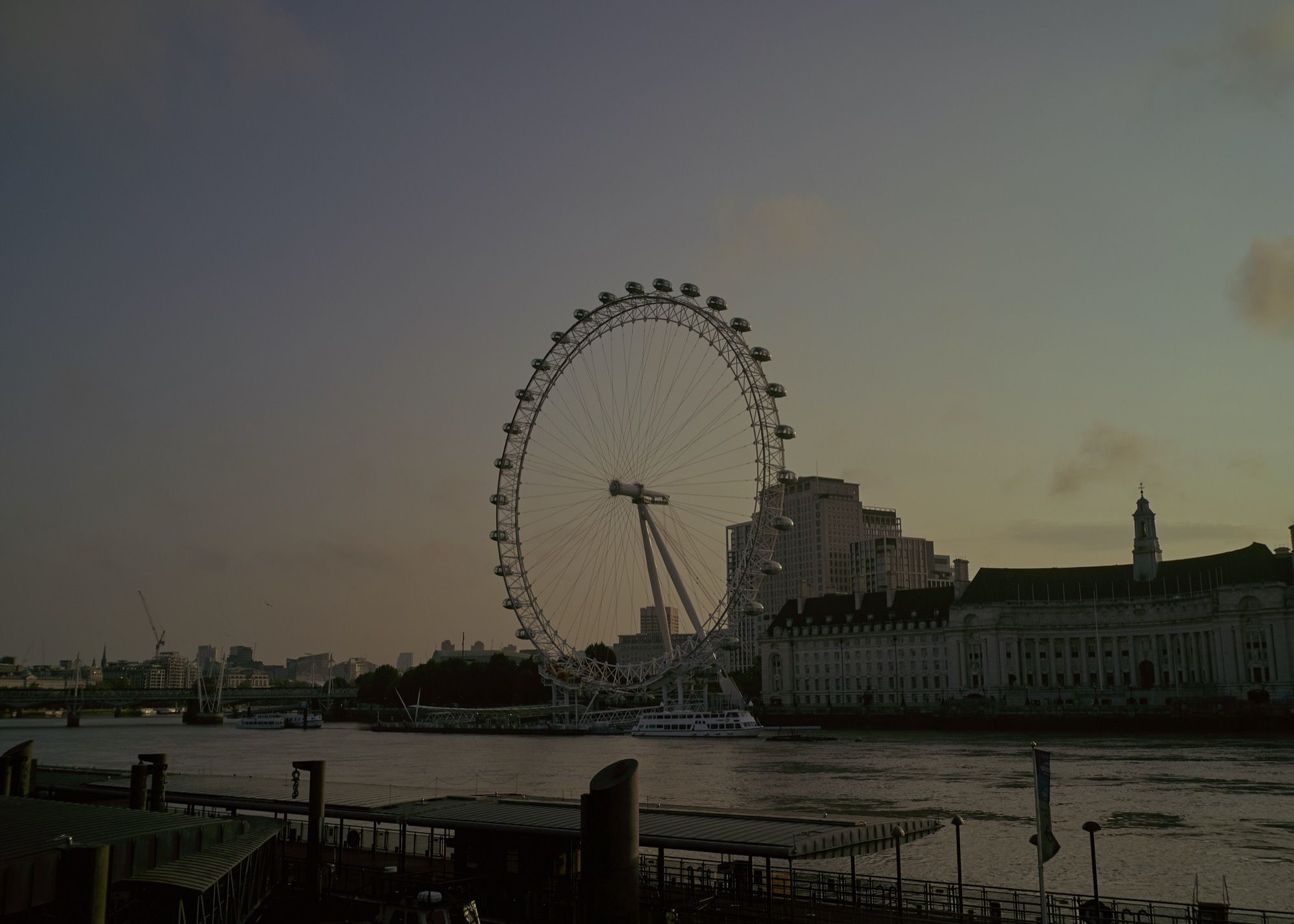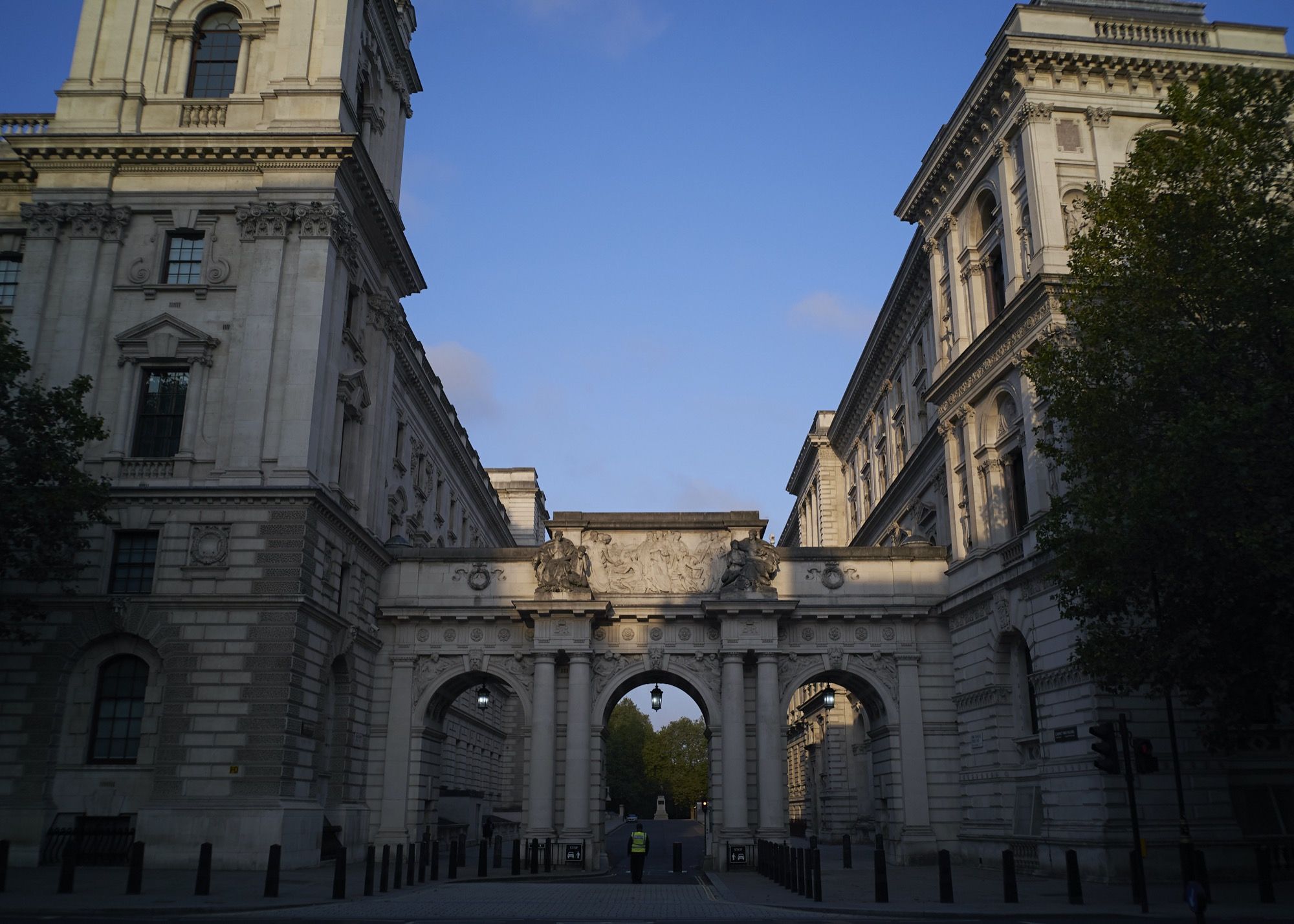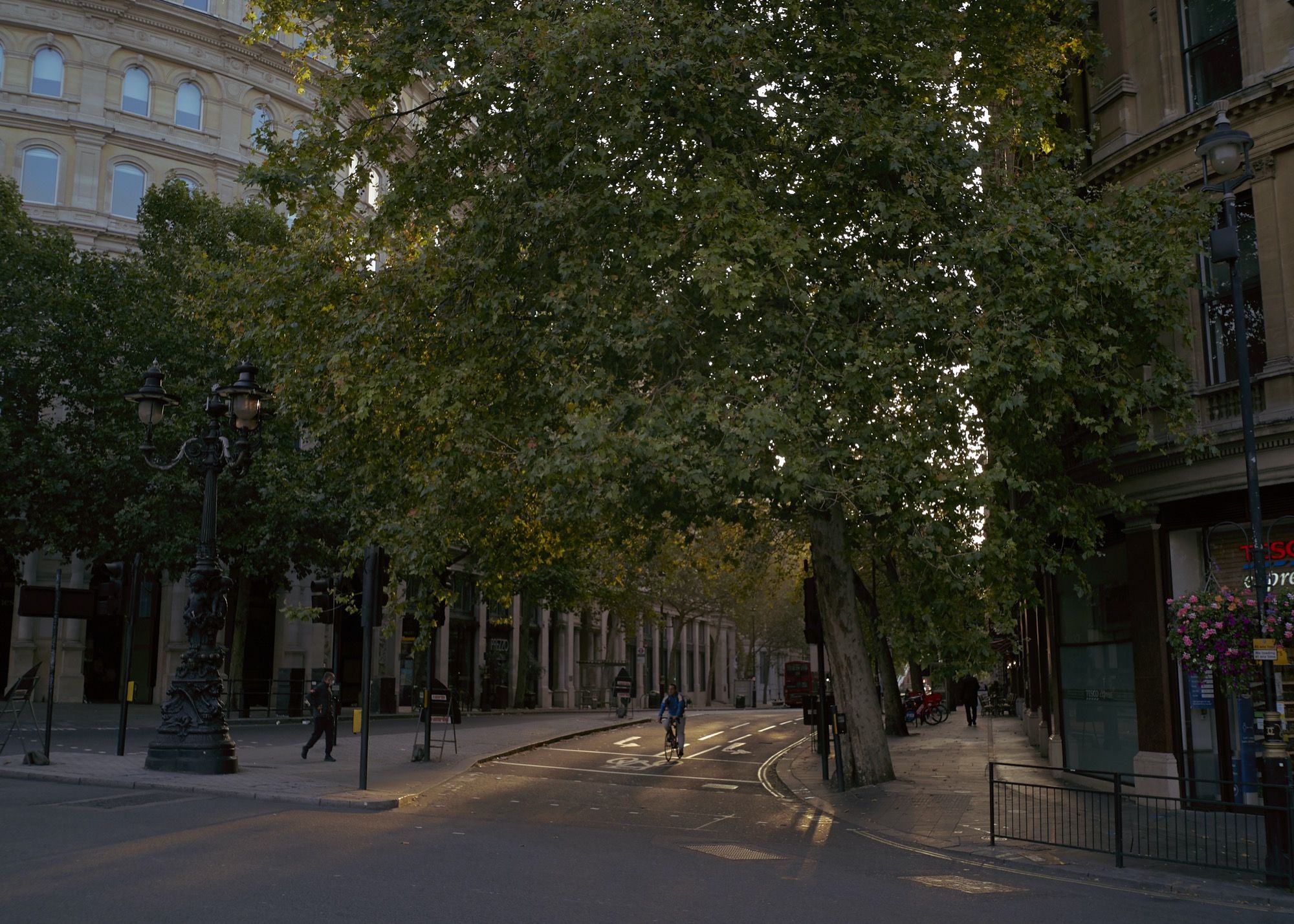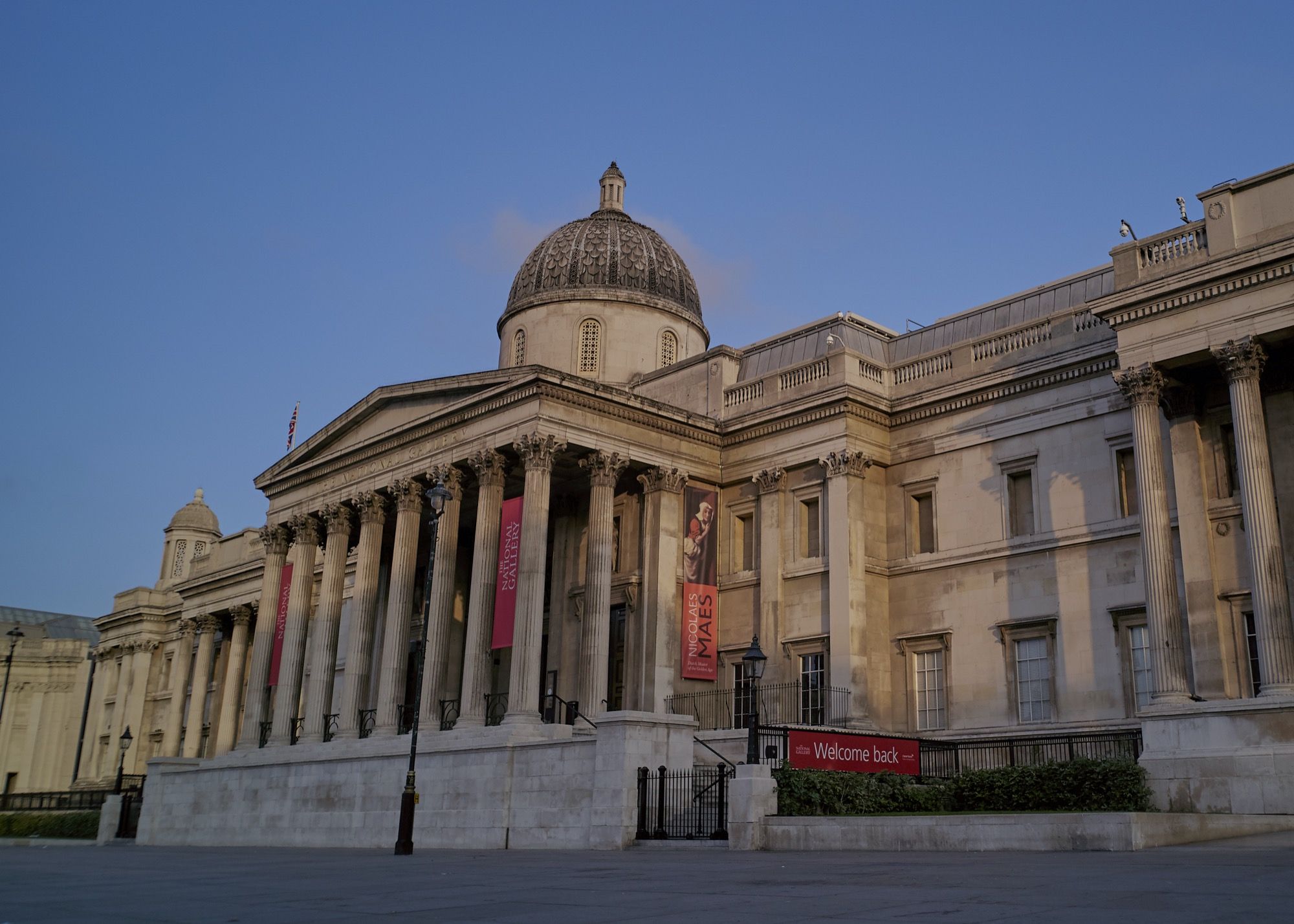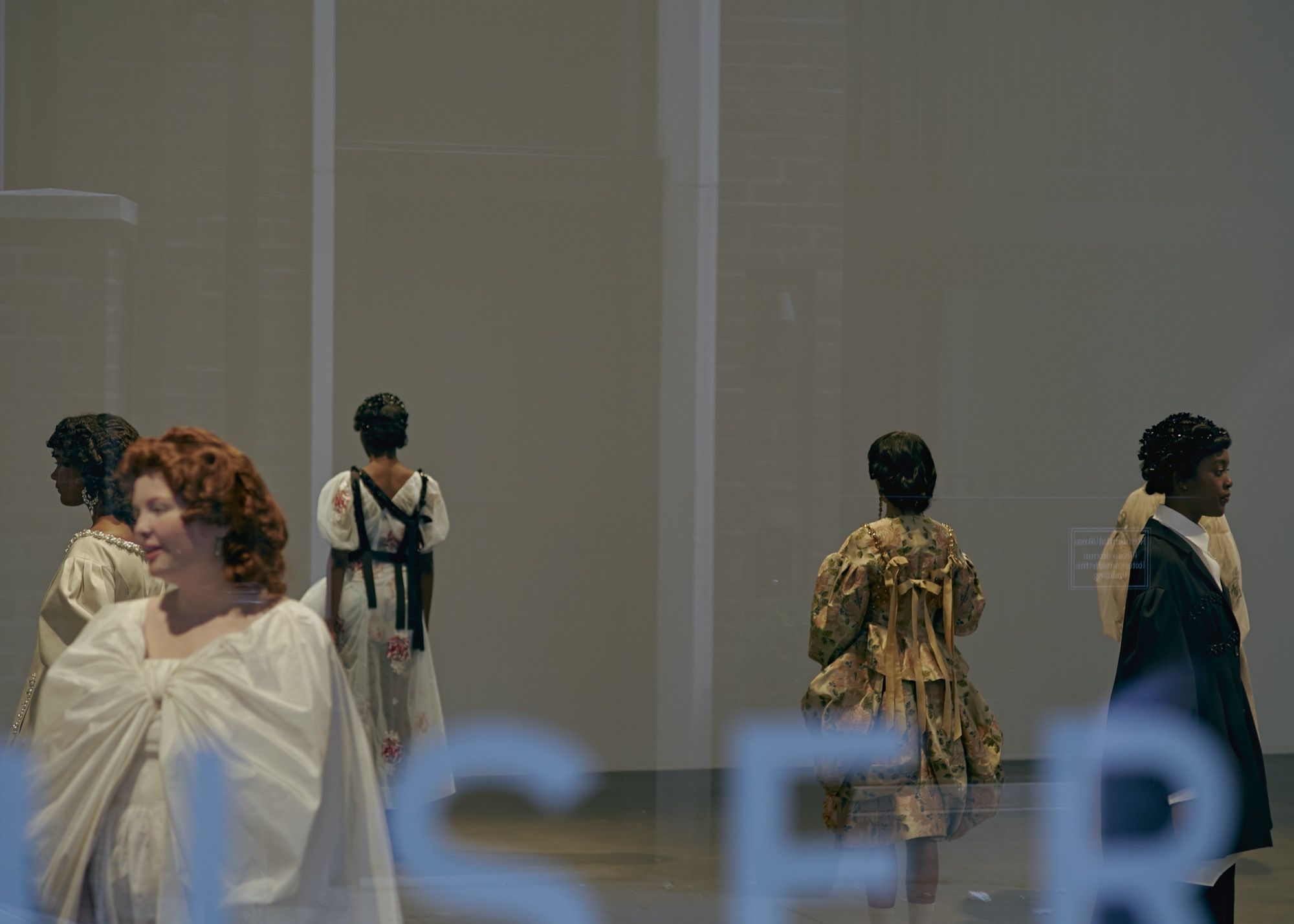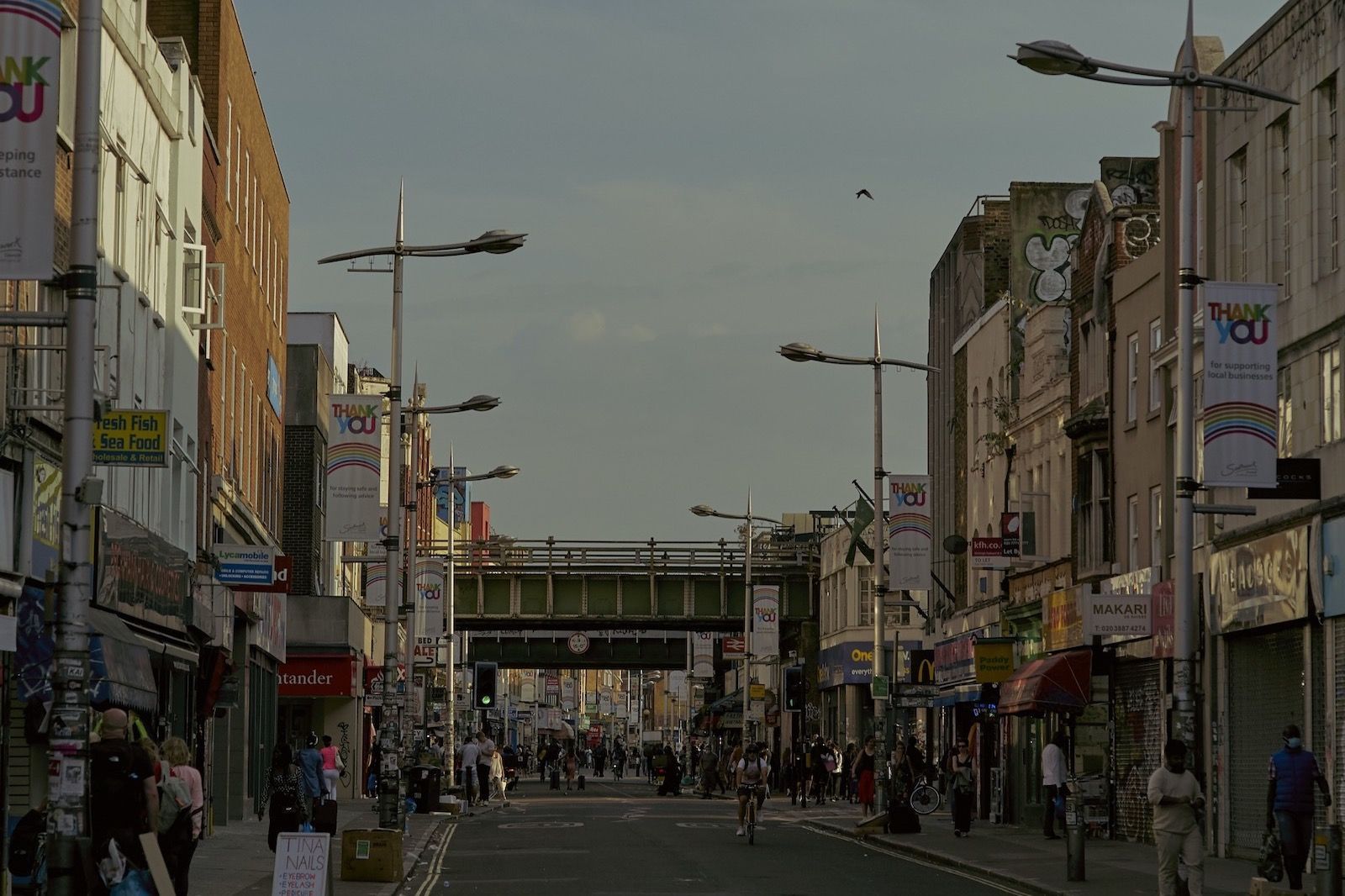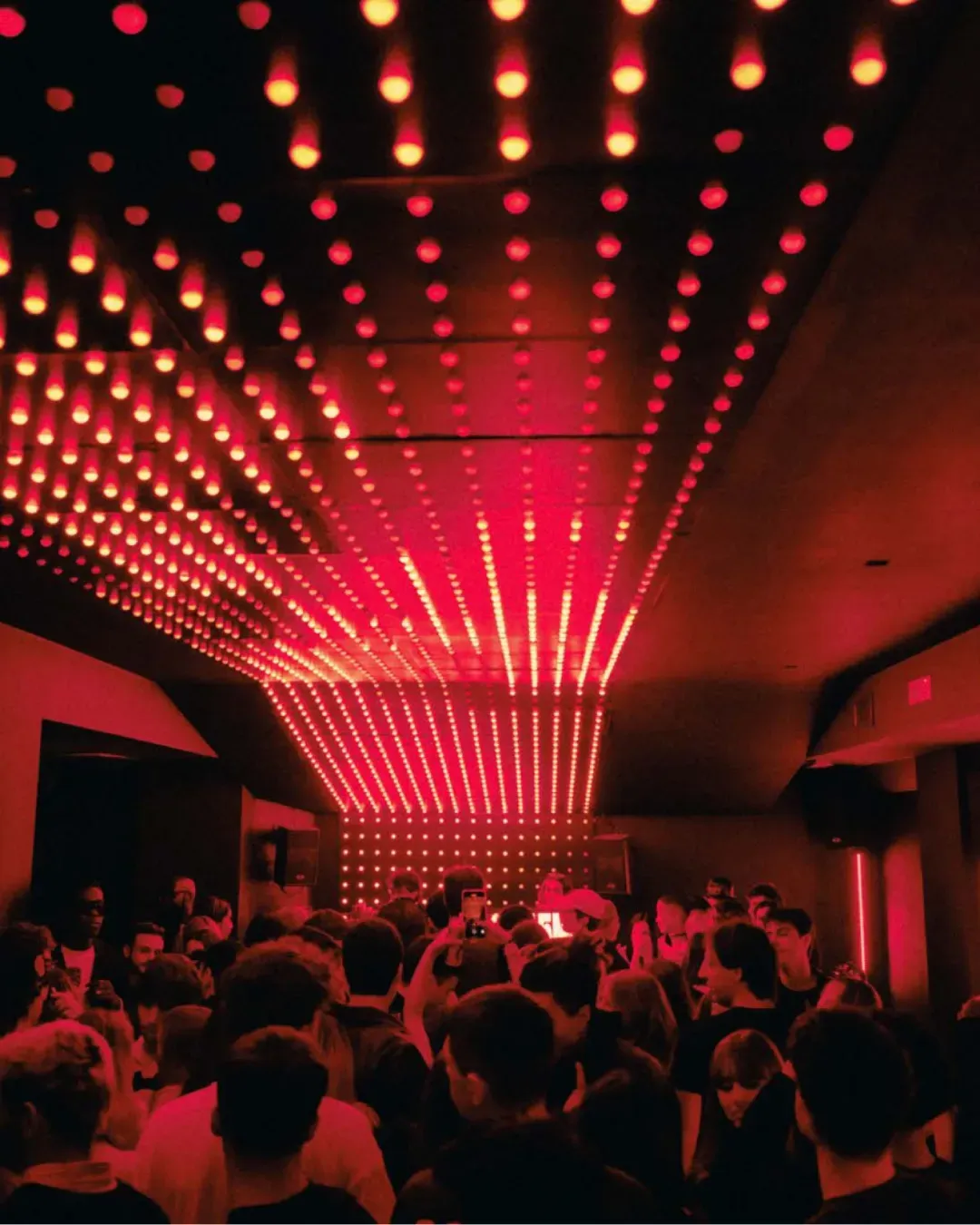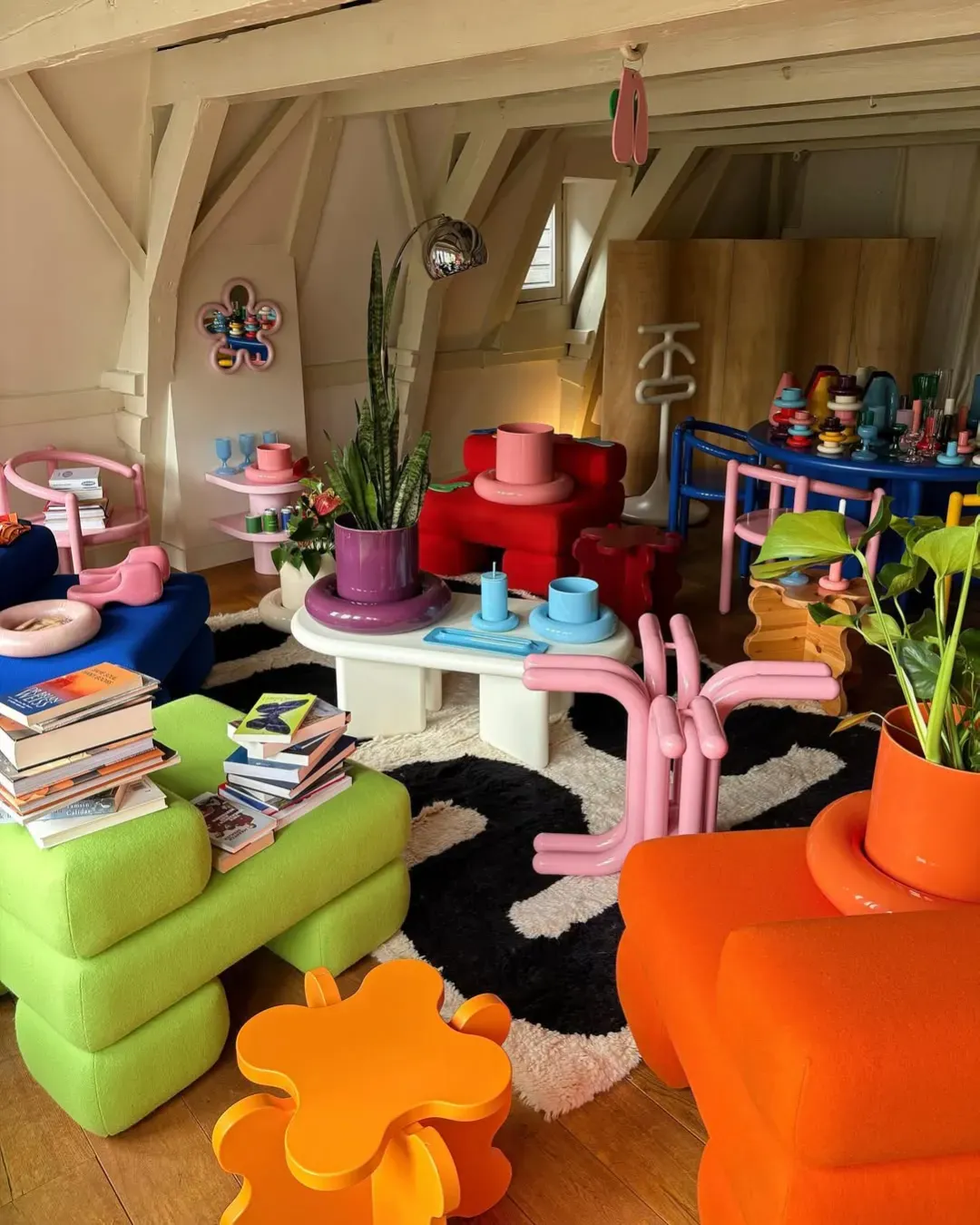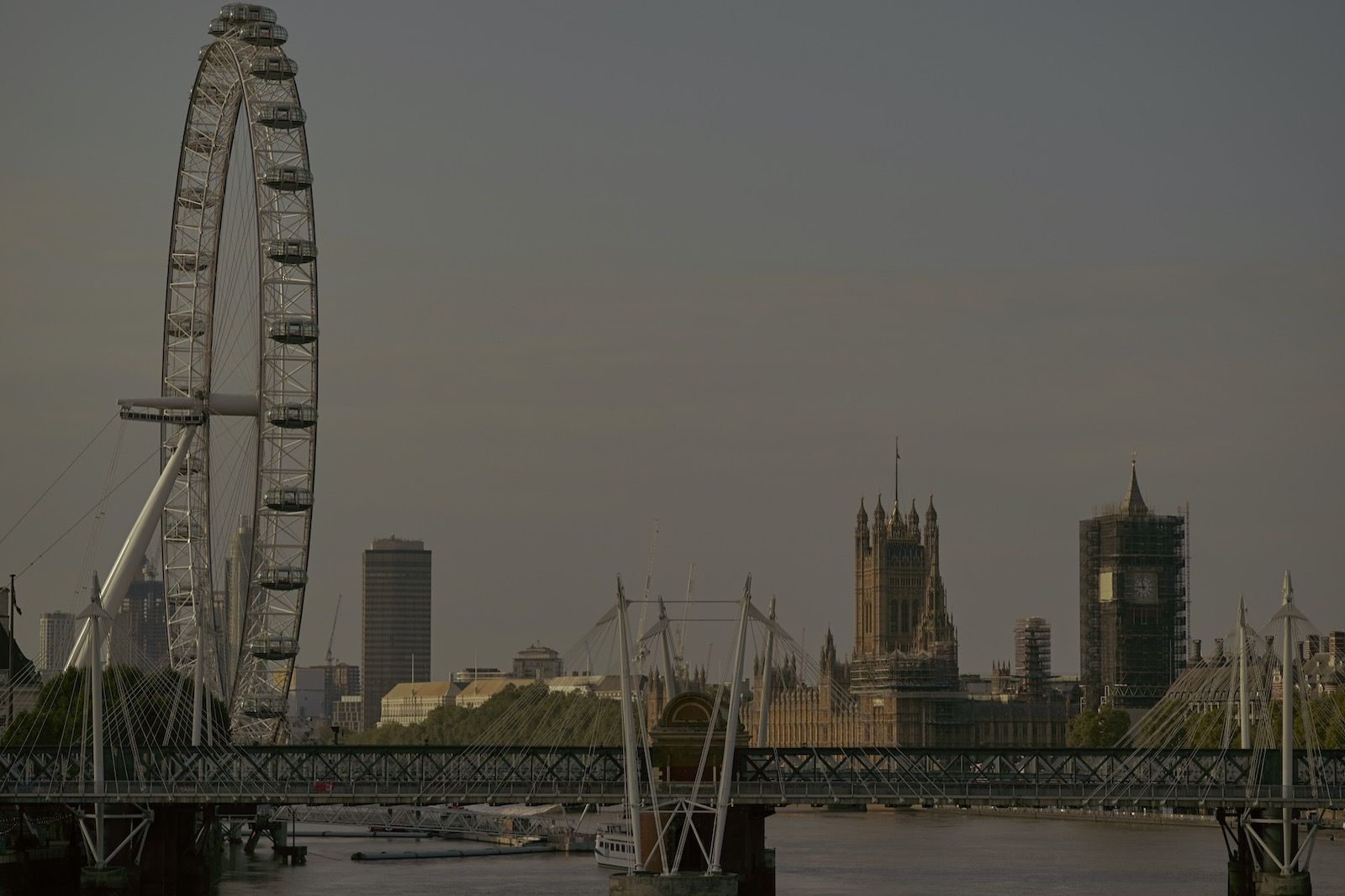
Can cities survive without offices? From London to Milan: mix-used neighborhoods and the compact-living principle might be good solutions
The skyline of the city becomes the mirror of a dead, unreal calm; the abandoned skyscrapers of the City, illusions of an avant-garde future that has crystallized; the deserted bridges and squares, the tree-lined avenues populated only by a few solitary cyclists; the mega screens of Piccadilly Circus that continue with their succession of images, colours and claims for a ghost audience.
“Ghost” is the most common definition that in recent months has been used to identify metropolises and their urban model not suitable for a global pandemic. In an article entitled Can cities survive without office workers?, the American newspaper Quartz interviewed architects and urban planners about the social and economic future of post-pandemic metropolises.
London is perhaps the city that has suffered the most from the lockdown - also because of the concomitance of Brexit - but the theses presented and the solutions proposed are easily applicable also to Milan, New York and all those metropolises built in a similar way, that's to say on office culture.
In early August, at a time when restrictions in the country had been lifted, only 17% of UK workers had physically returned to their jobs, thus pushing the losses from remote work to over 600 million pounds. Despite invites from the government to return to the office, London's big financial firms have extended employees' smart working. The result is a deserted City, where all the induced activities created by the office culture disappear as a result. We're not talking about just economic activities - restaurants for lunch breaks, laundries and other services - but above all the cultural fabric of clubs, galleries, studios, events that make large cities attractive despite the higher cost of living. No city can remain vital and active without the income from its citizens, collected both directly, through the taxes and duties applied on salaries, and indirectly, by banks, professional firms, advertising agencies, the media and brands. The entire economy of the cities is based on the proximity of similar companies that hire the same type of worker. The once called white-collar workers, often commuters who travel to the City every morning, are part of a larger economy.
In the early 00s, with the widespread diffusion of the Internet, there was a fear that the office as a physical place would lose its value, becoming obsolete and unnecessary. However, the office has resisted and the large metropolises have experienced significant growth in recent years - the urban population amounted to 3 billion people in 2003, and is set to grow to 5 billion by 2030 - exerting an incomparable fascination for the young workers, creating a growth disparity compared to the province, mirrored - in Italy and the United Kingdom - also by the political vote.
Restoring relevance to the physical workplace, encouraging workers to return is part of a broader debate that is linked to the design and architecture of cities. Large financial and economic centres should have much more to offer than just office space. What should be imagined in the very near future is an evolved financial centre, which in addition to large offices can host cultural venues such as theatres, museums, cinemas, a place also dedicated to social aggregation, with also first-class hospitals and educational centres. The pandemic could therefore have accelerated a trend already underway. Why should the places that host offices and large corporations be limited to that? Why can't they become multifunctional districts, where you go not only to spend eight hours sitting at a desk but also to spend an evening or weekend. The character of each neighbourhood should be eclectic, guided by the goal of creating a community, a project that is not achieved only through the construction of new condominiums, but above all with the opening of restaurants, clubs and outdoor activities.
There's also another trend highlighted by the pandemic, that of micro-economies within the city. The principle of compact living became crucial precisely in the months of the pandemic, and should also remain crucial in the design of the cities of the future, not only because it is a sustainable practice in every sense, but because it allows every neighbourhood and every area to forming microcosms in which each inhabitant is "self-sufficient". In the hardest months of the lockdown, it has become clear how each neighbourhood must be able to offer everything the citizen needs, and it is therefore equally clear why the large conglomerates of offices and studios have become ghost towns, and why they risk remaining so for a long time. A clear division of spaces, both from the physical point of view, but above all from the point of view of function, is no longer a winning model for many cities. To avoid apocalyptic escapes to smaller and more human-sized locations, larger cities must be rethought, focusing above all on multifunctional districts and for these practical ones, close to the everyday life of the citizen.
As already happened in other sectors and areas, the pandemic offers the opportunity to relaunch a vision for the future broken by the health emergency, but that has the possibility of being rewritten in the light of this new normal.











































